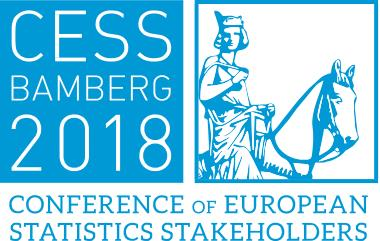E-Commerce provides numerous advantages to participants, e.g. sellers can offer lower prices while buyers can overcome geographical and time barriers with the support of Internet and information and communication technologies (ICTs) [1,2]. Grandon et al. [3] stress that usage and application of e-Commerce infrastructure allows sellers to target tight geographically dispersed market segments, while the buyers can take advantage of approaching worldwide markets, with the broader supply of goods and services offered by the various suppliers at lower prices. However, number of authors implied in their research that elements which impact the e-Commerce utilization are: perceived quality, trust in enterprises, accessibility, security and role of government [6,7], therefore implying that perceived trust and barriers have significant impact to e-Commerce development.
Expansion of e-Commerce started during 1990s with the increasing growth and usage of Internet. United Kingdom was the leading European country regarding ICTs usage in online markets, which is the result of the “the dot-com bubble” [4]. In the last few years, United Kingdom has more than double the size of e-Commerce market than the next leading European country on that same market [5]. However, development of e-Commerce is not evenly distributed among European countries, indicating presence of enterprise digital divide.
In order to shed some light to the development of e-Commerce in European countries, we use data available in Eurostat database, about usage of e-Commerce and perceived barriers to e-Commerce in European enterprises. We utilize cluster analysis and Eurostat data as evidence on the development of e-Commerce, and building on that, we aim to channel possible policy recommendations for the purpose of digital society development. In this endeavour, we use two-stage approach.
